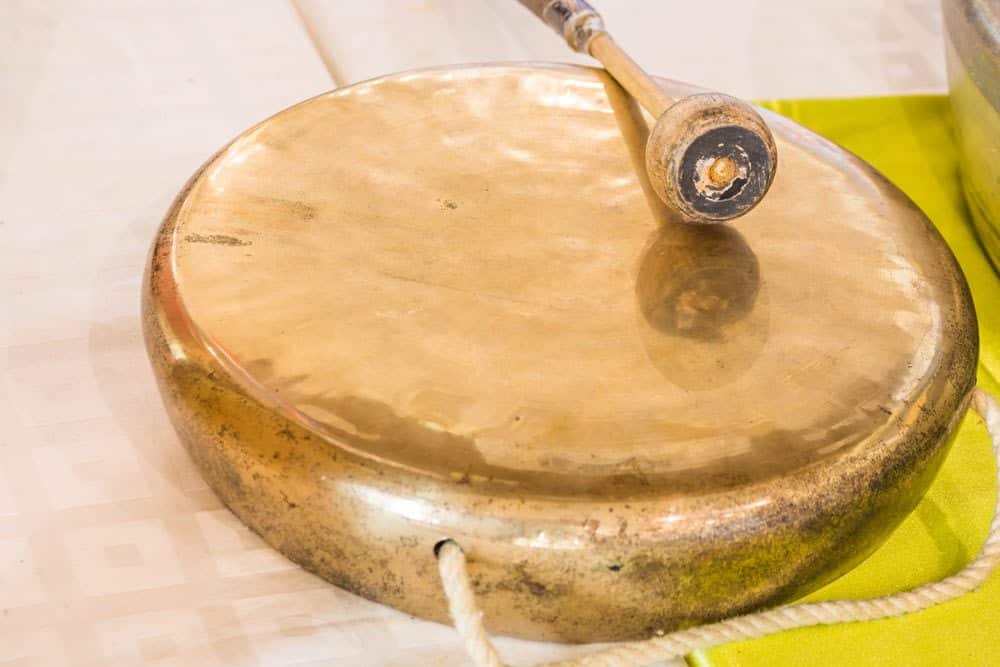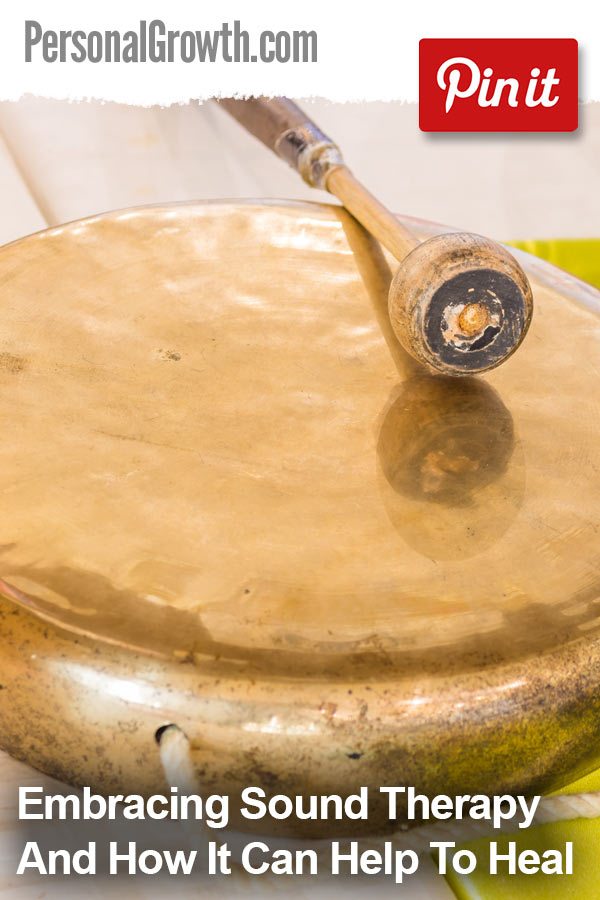

There is undeniable power in sound, as anyone who has seen a trained opera singer shatter a glass with her voice can attest. It is no myth either, as this was put to the test and proven to be possible.
In fact, loud sounds can potentially be fatal, but there is another side to the coin as well. Practitioners of sound therapy claim that it is an effective way to treat illness and pain in a natural manner without resorting to drugs.
What Exactly Is Sound Therapy?
While the concept might sound unusual, sound healing is not a new discovery and has actually been around for many years. Many ancient civilizations, such as Greece, India and China have been using sound healing, but it has taken the western world a lot longer to catch up.
Sound therapy can include singing, chanting, toning or other vocal expressions, such as laughing. Instruments, such as drums, gongs and Tibetan bowls can also be used in sound healing. Either a sound healer or self-healing can be used for sound healing. Everyone knows that sounds can influence our moods and our bodies react differently to certain sounds. Some sounds are soothing and relaxing, while others are disturbing or annoying. Sound therapy is the process of using the positive effects of sounds to heal the body and mind.
How Does Sound Healing Work?
Sound healing is actually based on a few basic principles, namely entrainment, resonance, intention, harmonics and rhythm. Due to the calming effect that they have on the mind of the person, mantras and prayers can also be included in sound healing.
Entrainment
Entrainment refers to the relationship that your inner rhythm has to that of external rhythms. For example, your heartbeat will be much slower when listening to peaceful music than when listening to rock music. It basically involves your body synching to the surrounding energy, which is why after a fast-paced day at work it is important to relax in a calm environment at home. Using entrainment during sound therapy usually involves harmonious sounds that are played in order to bring their body into balance. Entrainment is one of the reasons why meditation can be more powerful when done in a group or why a good musician can easily captivate an audience.
Resonance
The healthy cells in our bodies respond favorably to sound vibrations, and it is used in a range of medical treatments as well. For example, a process called extracorporeal shock wave lithotripsy is used by doctors to break up kidney stones in a non-invasive manner. The high-energy sound waves are able to pass through the body of the patient without causing any injury and target the stones directly. Infrasound, on the other hand, is often used for reducing pain and inflammation.
Intention
Sound waves are one of the ways through which we convey our intention. With sound healing treatment, it is the healing intention that is carried over to the recipient. It is also sometimes referred to as the “sacred sound” because it carries an intention straight from the heart.
Harmonics
Some types of music and natural sounds contain harmonics which are able to change human brain patterns. In fact, sounds with lots of harmonics are able to induce an altered state of consciousness. From Tibetan buddhism to Mongolian shamanism, the power of harmonics has been used for many years due to their ability to affect the brain.
Is There Scientific Proof?
While there is still a lot of scientific research to be done in the realm of sound therapy, there is already enough evidence that it is used in some hospitals, care homes and hospices. Studies have shown that patients can experience a reduction of up to 27% in pain perception after exposure to live harp music. Harp music has even been used by some surgeons to decrease the need for anesthetic by surgery patients. In fact, scientists have found a measurable increase in antibodies as well as a decrease in stress hormone levels after exposure to music. There have even been studies about “OM” chanting that found it has a measurable effect on the stimulus and stress receptors of participants.
What To expect
During a typical sound healing treatment you usually don’t have to do anything except relax. The sound healer will then play sounds over and around during sessions that usually last up to an hour. Everything from the voice of the practitioner to instruments and other objects are used during the session. Most people that undergo sound healing treatment experience a deep sense of relaxation. Clearly the physical, mental and emotional benefits of sound therapy are too good to ignore.

